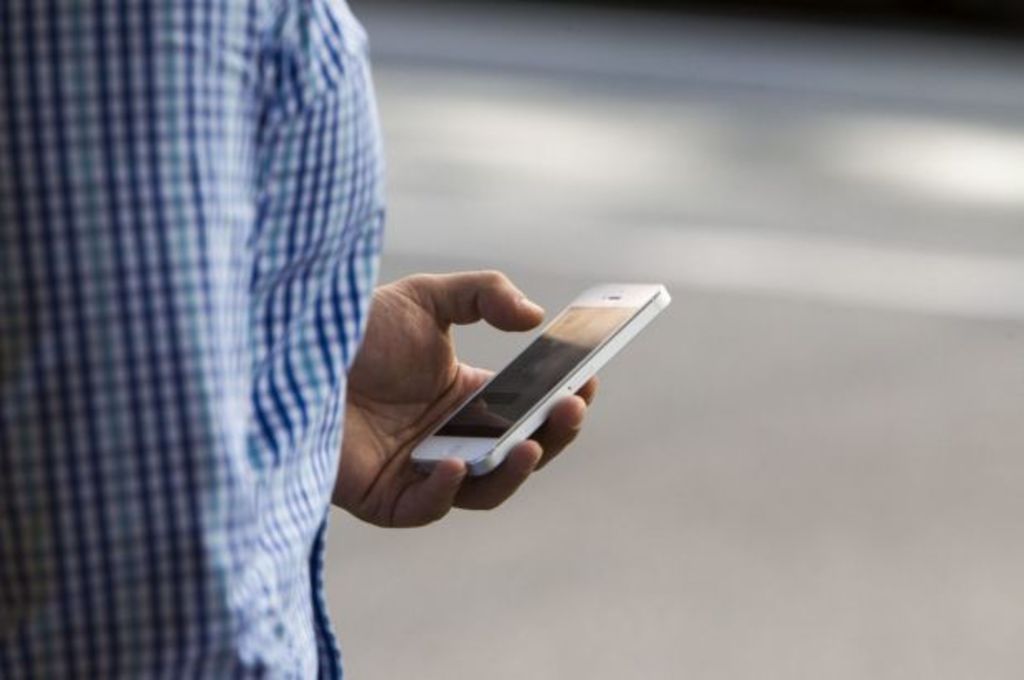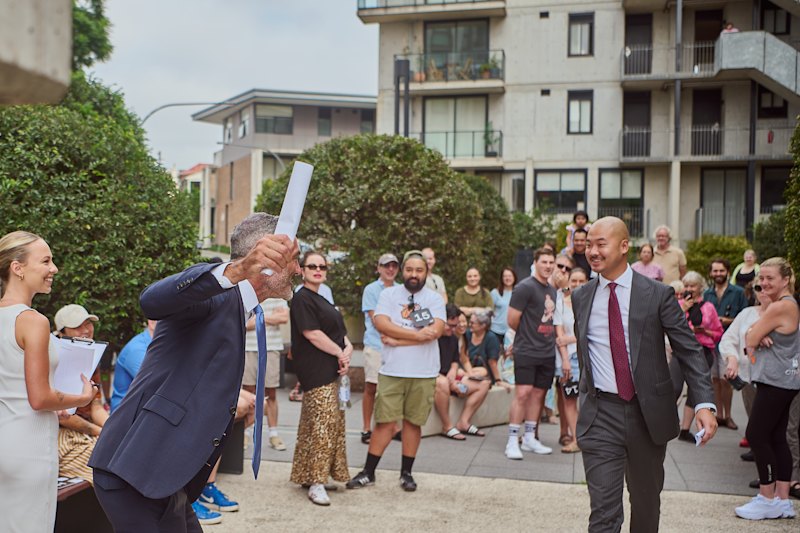Here’s why your phone bills aren’t dropping, despite data getting cheaper

Almost everyone now relies on their mobile phone more than any other object in their life, yet the telco industry still bamboozles most people, often leaving consumers paying for more than they need.
As much as 5 per cent of a typical salary goes towards phone bills, which is a big chunk for those saving for a home or those struggling to make weekly rent or mortgage payments.
Credit Suisse this week even released a note which said that, while the cost per GB is falling, on average consumers are either paying the same or even more.
Telcos are using a couple of tactics to make this happen – mainly through giving customers more inclusions for more dollars, while simultaneously removing benefits off mid-level plans.
For example, a 10GB plan for the base variant iPhone 7 on Telstra last year cost you $99 a month.
That type of mid-tier plan does not exist anymore for the iPhone 8, and instead you can either pay $101 a month for 5GB of data, or $109 a month for 20GB.
See what they’ve done there? It’s like ‘upsizing’ at a fast-food restaurant – an easy cost-benefit analysis for the customer but, overall, you’re spending more.
Deloitte says that almost 40 per cent of Australians are now using between 4GB and 10GB of data a month, meaning that old 10GB plan would have been perfect, however in its absence, consumers will opt to spend up to the new, more expensive 20GB option.
Telstra has also added a free Foxtel Now subscription for customers to entice them to pay for the higher-tier plan, on top of free NRL, AFL and Apple Music subscriptions.
The other networks are no different either, with Optus’s 15GB iPhone 7 plan last year priced at $100 a month, which this year was replaced with a 10GB plan for $100 or 30GB for $110 a month. Like Telstra, it’s added new inclusions such as its National Geographic service alongside EPL, Cricket and data free music streaming.
It can be very easy to get caught up in these cycles when you just want to get your hands on a new device, but if you know what to look for you can avoid the traps.
It doesn’t really matter what network you’re on if you live in a major city
While Telstra still has a clear advantage over competitors across rural areas, if you’re someone who lives and spends most of their time in a major city your experience of speed and coverage will be mostly the same. This is great for consumers, because it means that whoever offers the best value for money across all mobile operators is the one to which you should jump.
Don’t be loyal
As mentioned above, if you’re in a major city, there’s no real reason why you should stay loyal to your telco when your contract is up. Just like when your period is up with your home or car insurance provider, you always go looking for the best deal. Also, contrary to what you might have heard, it’s super easy to keep your number when changing providers, and it’s often moved across to your new service in just a few hours.
Work out what you really need
How much data do you need? Do you watch lots of videos, stream music and use your phone as a hotspot? Then you probably want to be looking at some of those higher end data plans. Do you travel a lot? Make sure you choose a plan with good roaming rates, such as Vodafone’s $5 a day.
Do you need any of those extras that carriers are throwing in like Foxtel or cricket? If not, you’ll get better value data with plans that don’t give you free things like that. For example, Virgin Mobile offers you the iPhone 8 with 9GB of data for $89 a month. $11 a month cheaper than Optus’ data equivalent, but without the bonus content.
Or maybe you’re the opposite – you’re an avid Foxtel user, who loves AFL. In that case it might make more financial sense for you to pay a little bit more for your phone plan than to get those other subscriptions separately.
Outright v Plans to Own v Leasing
If you can afford it, it’s often cheaper to purchase a phone upfront and then sign up to a month-to-month plan. This gives you the flexibility to swap each month if you wanted to, whatever company is offering the best deal at the time.
For example, if you bought the Samsung Galaxy S8 right now for $988 and paired it with Kogan Mobile’s 16GB plan for $315 a year over two years, your total cost for the device and two years of service would be $1618. Your closest comparable 24-month plan with the same data would cost $1920 over two years. More than $300 in savings.
If you need to spread out your payments, your two options are traditional plans where you own the phone at the end, or leasing, where you hand it back. In the long run, despite leasing plans usually costing around $10 less a month than regular plans, you’re usually financially better off sticking to the traditional plan as the device’s second-hand value will likely be more than the $240 you saved over the two years.
We recommend
States
Capital Cities
Capital Cities - Rentals
Popular Areas
Allhomes
More







